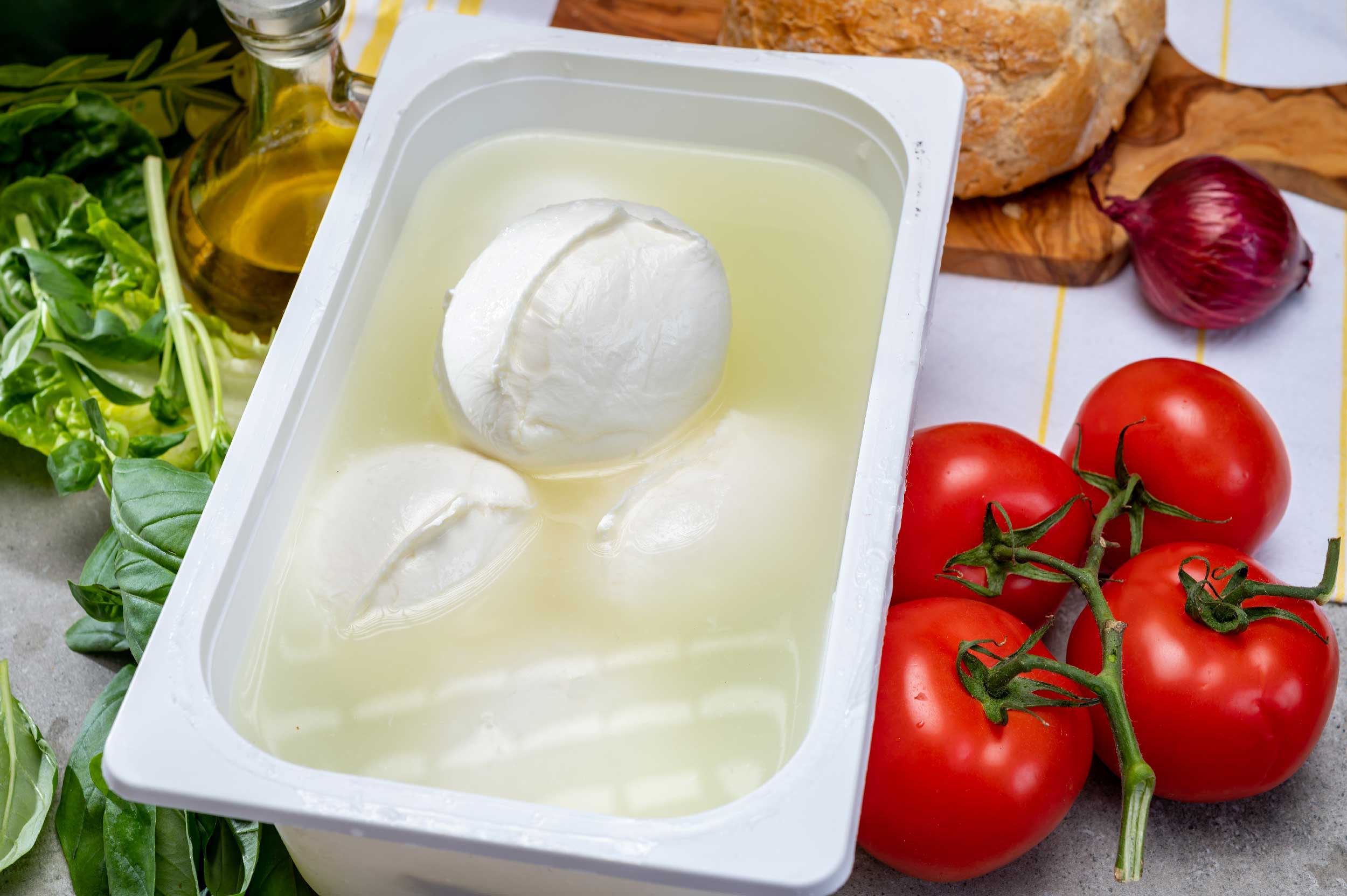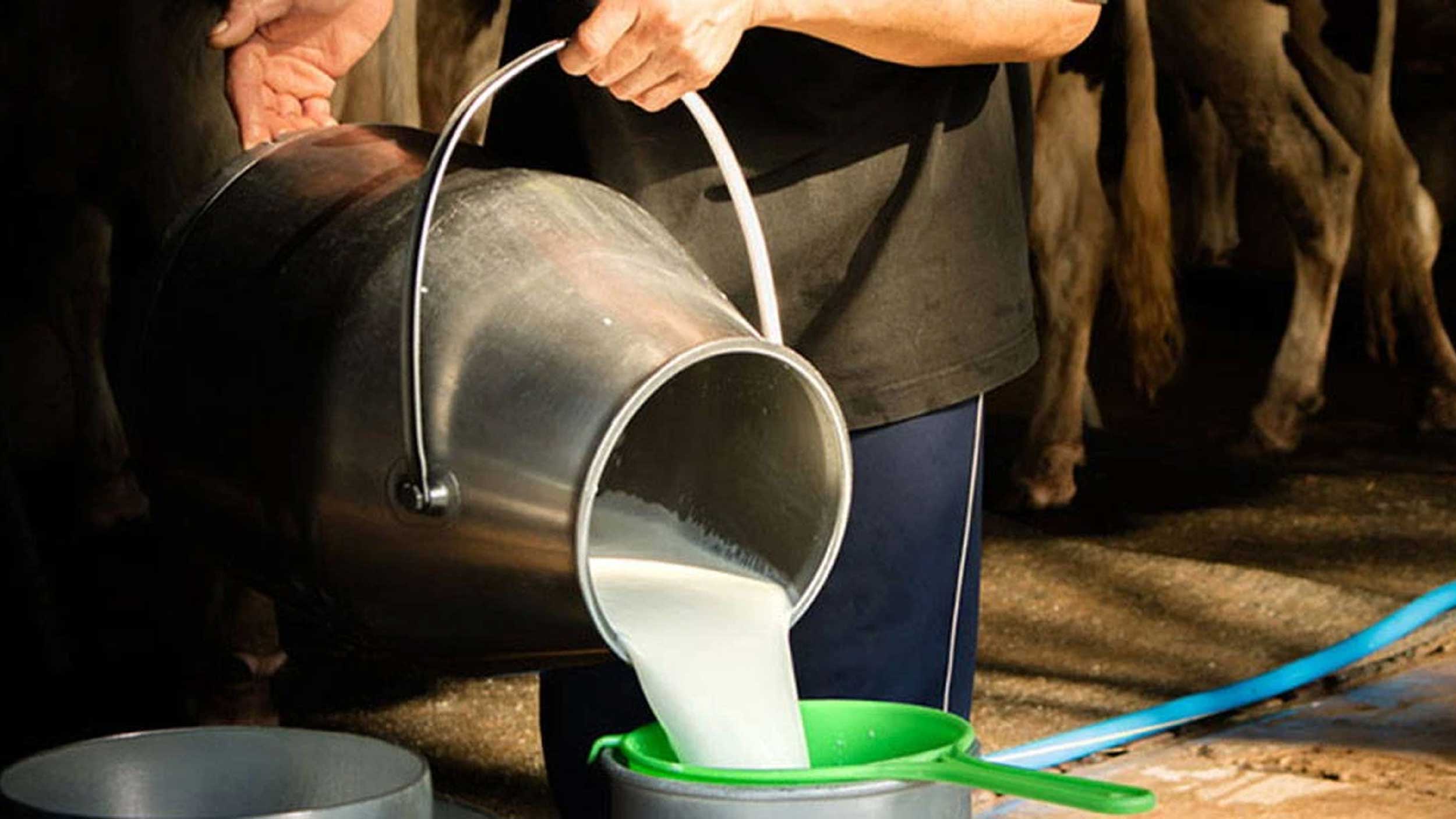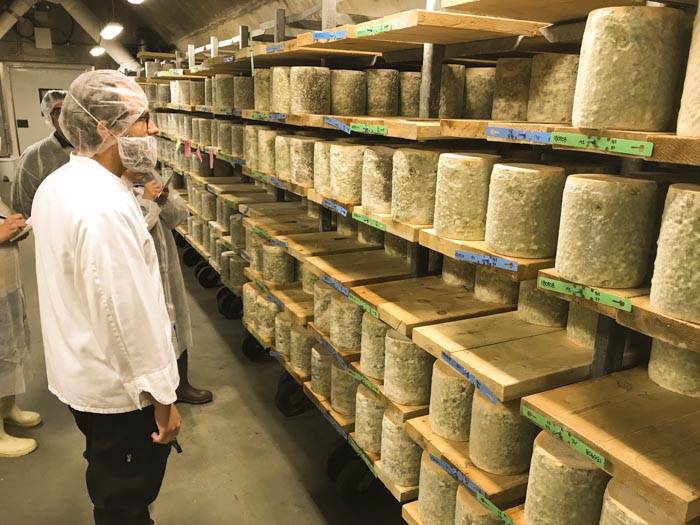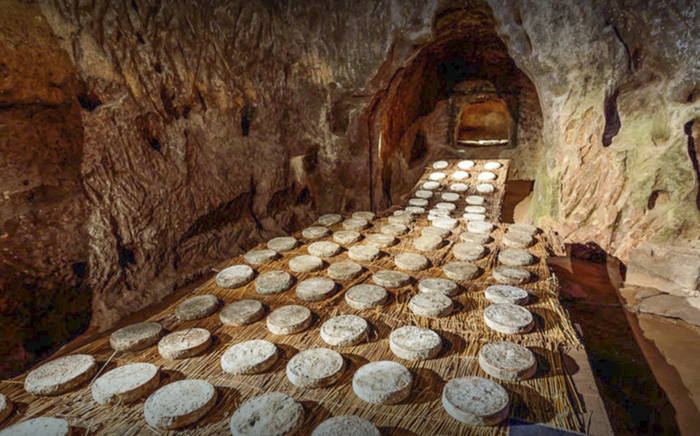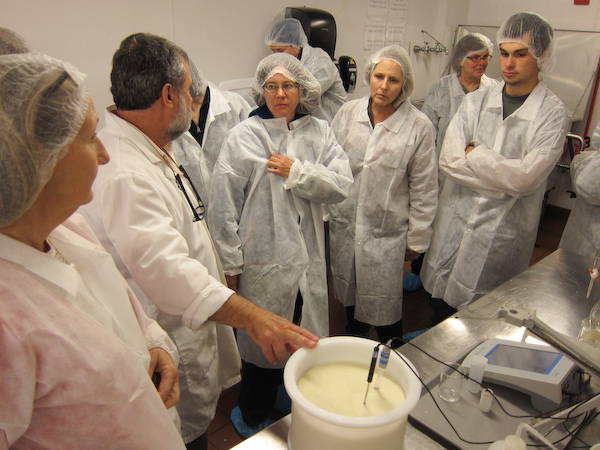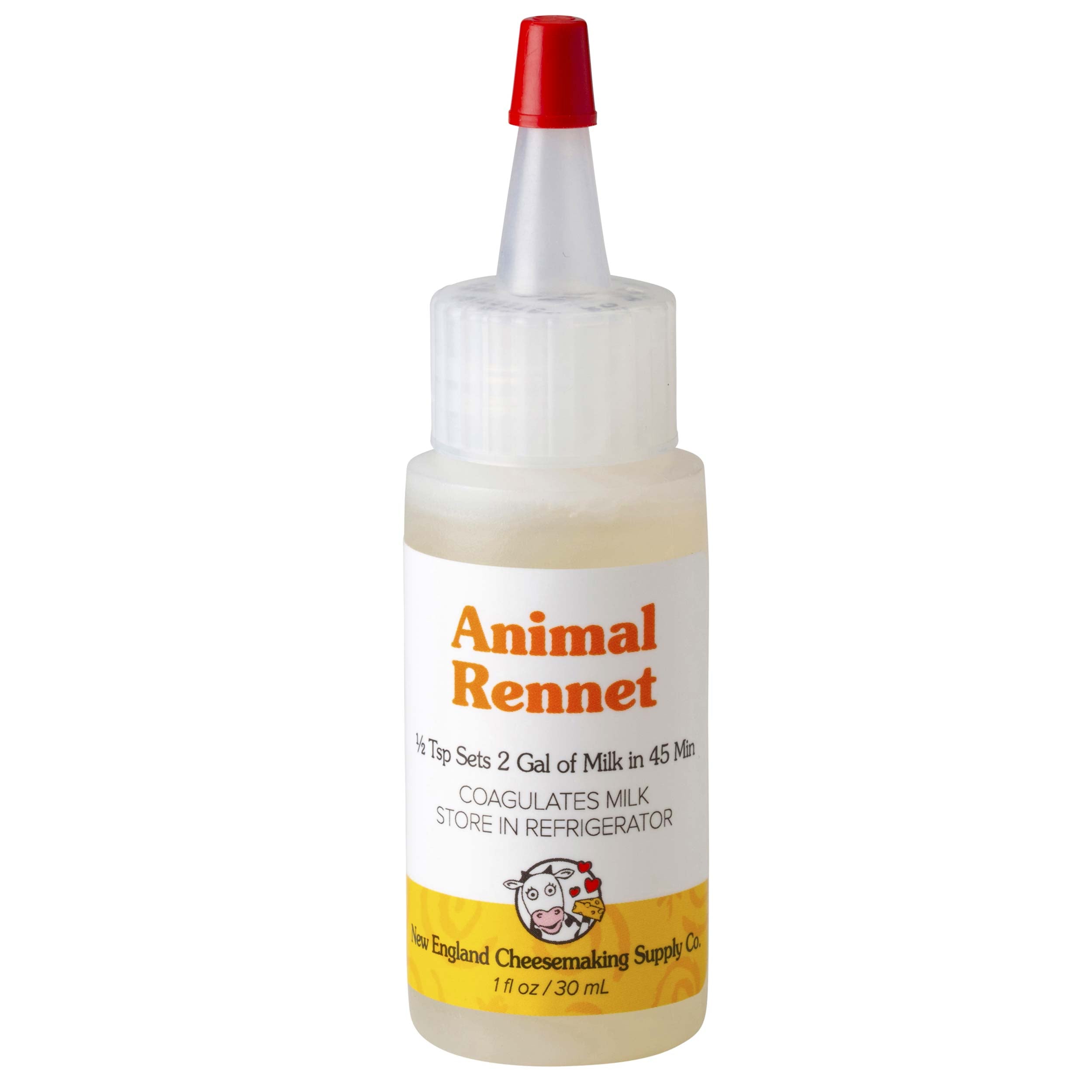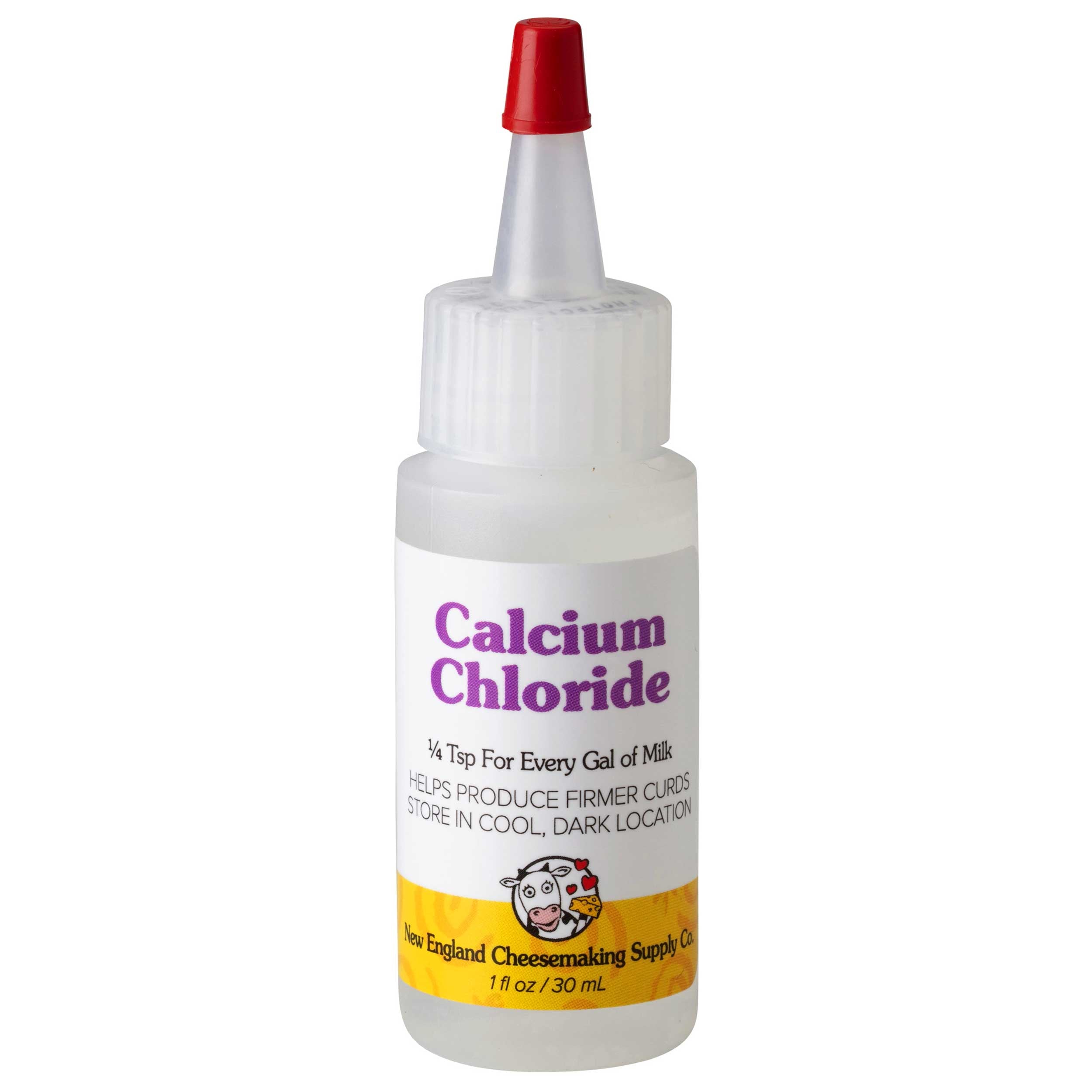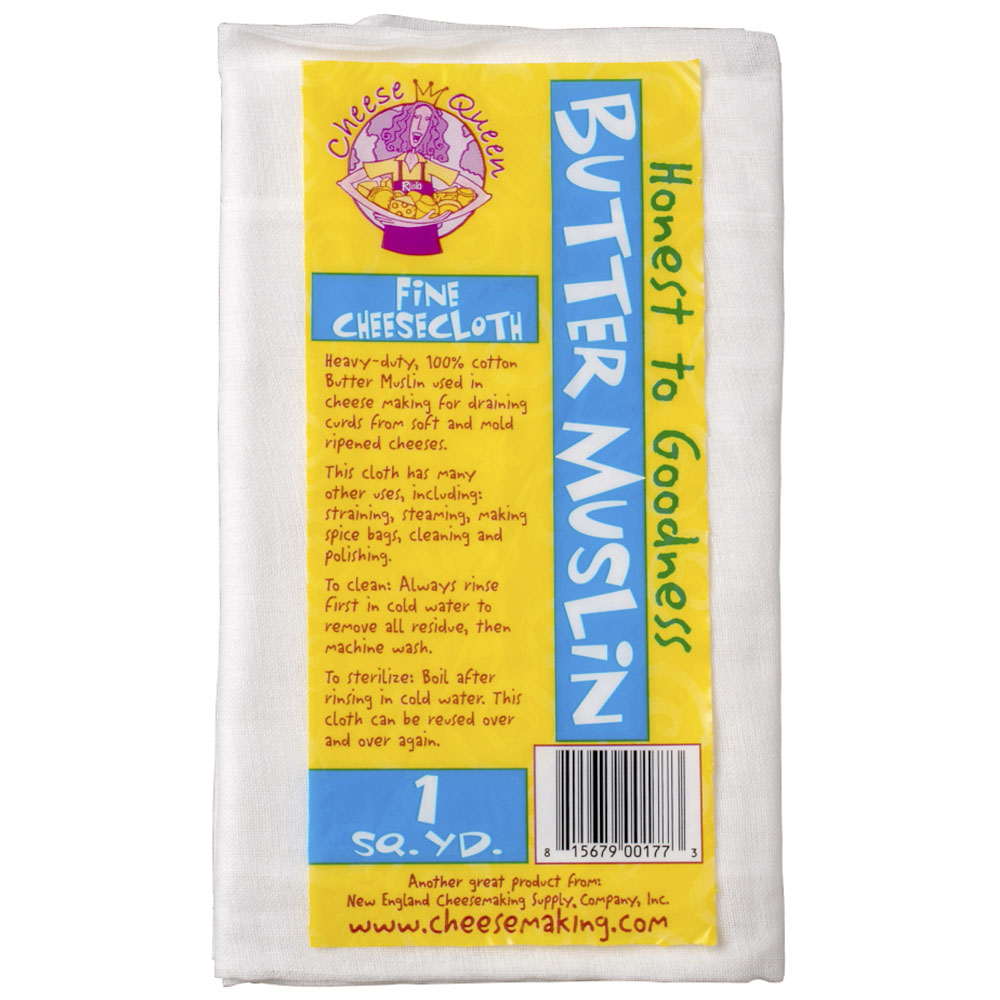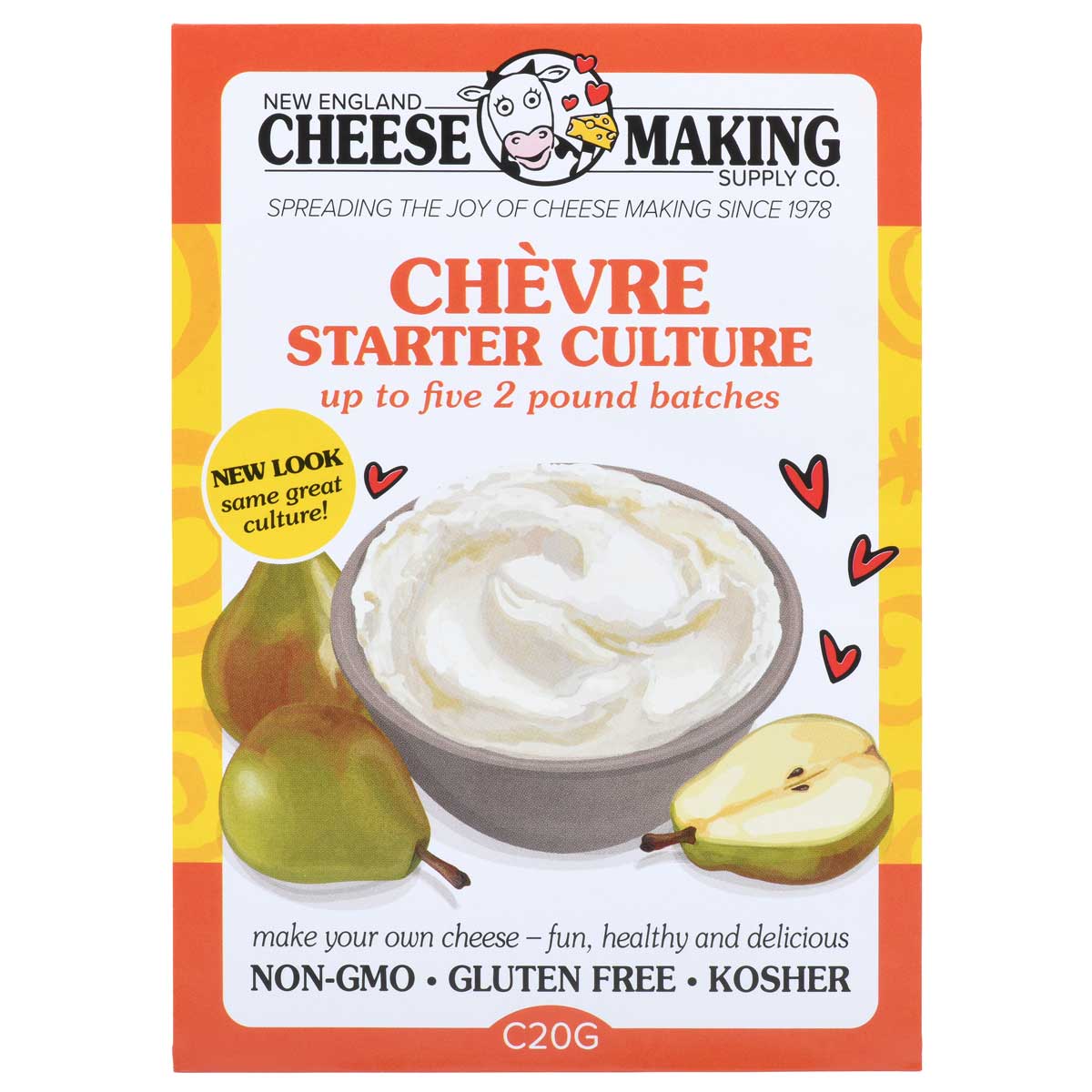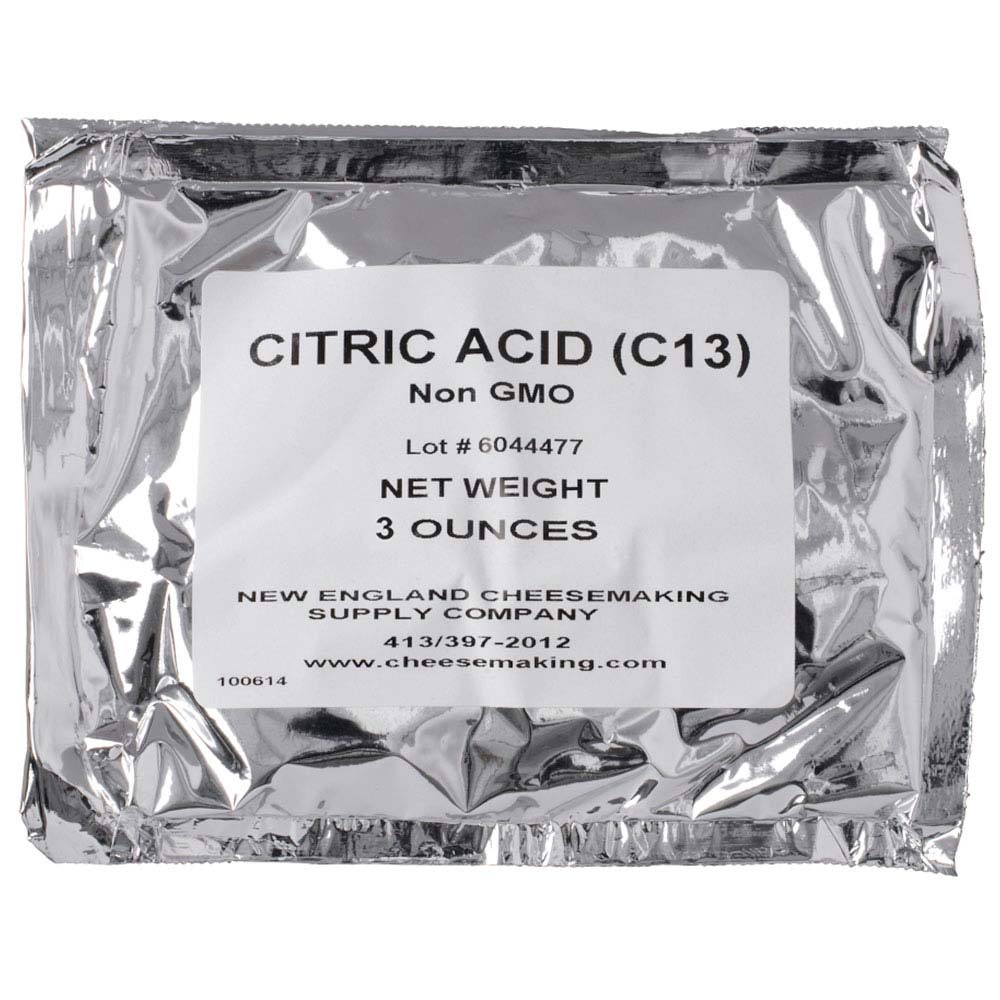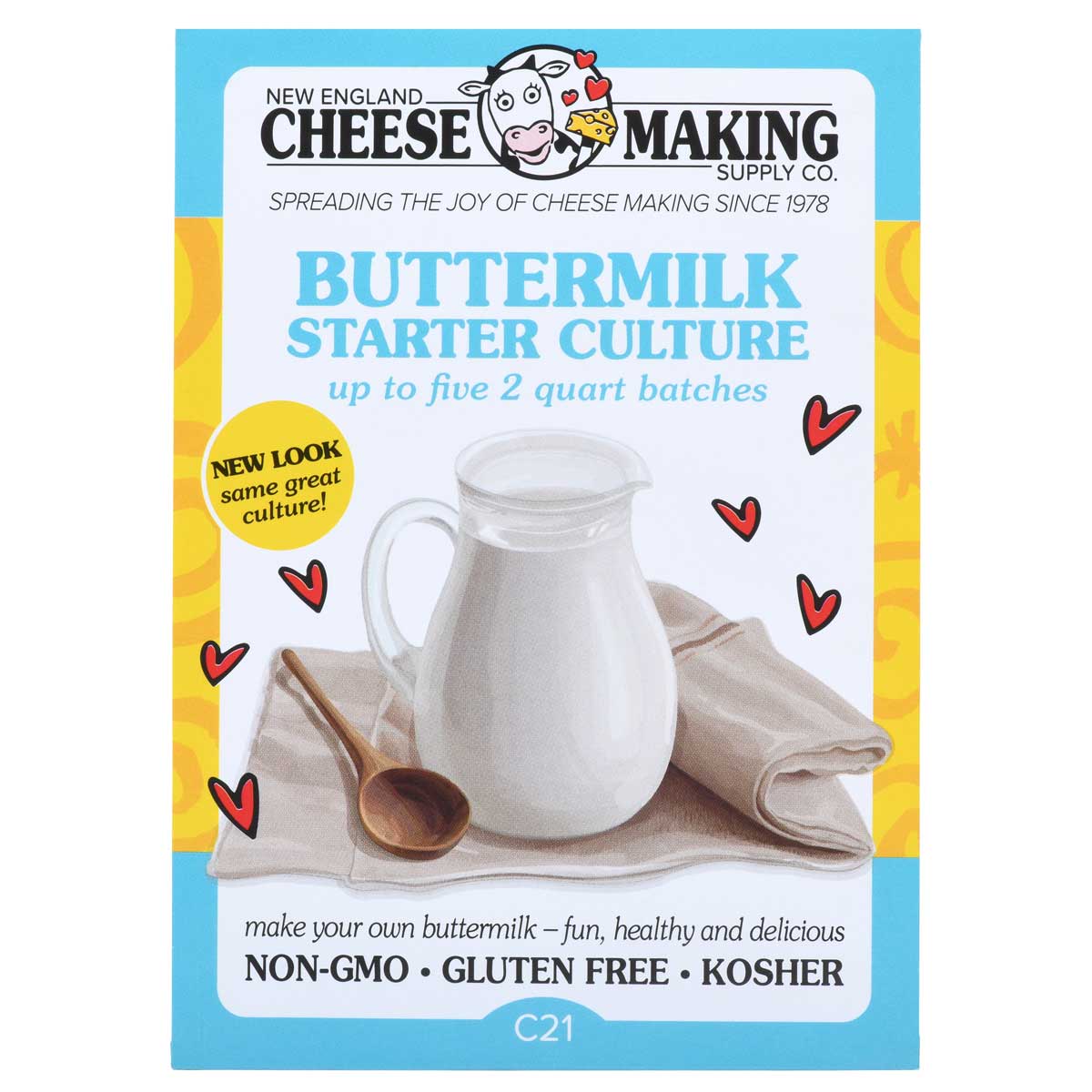Cheese Making Recipe of the Month
Manchego
Manchego was traditionally made with milk from sheep pastured on the high central Plateau of Spain. For those not familiar with Manchego, it's a hard buttery cheese with a silky texture, creamy richness and a flavor that lingers on the tongue.
It's traditional basket weave pattern makes it a unique and beautiful cheese. The intricate pattern is easily created with a special Manchego cheese mold.
This cheese really is a show stopper in both it's beauty and flavor. We can't wait to see photos of your own Manchego.
Cheese Making Questions & Answers
Can I add salt at the beginning of the cheese making process?
Q. Can I add salt while heating my milk at the beginning of the cheese making process?
A. Salt, that early in the process, will reduce the activity of the cultures in the milk. Salt is essentially used to slow or stop the bacteria later in the process.
How can I prevent my brie cheese from sticking?
Q. How can I prevent my brie cheese from sticking to my bamboo mat while aging?
A. You need to make sure your cheeses are drained and dried well before placing them in the cave or aging space. Then, you need to make sure that you turn them at least once a day. If the white mold grows excessively, you may need to do this more often.
Any disadvantage to using turmeric powder or paste as a colorant?
Q. I'm wondering if there is any disadvantage to using turmeric powder or paste as a colorant? I realize that with a large amount of turmeric, there could be flavor detected, but would it harm the cultures, or impede the coagulation?
A. We have found that turmeric in any quantity can leave a bitter flavor in cheese.
Can I make blue cheese recipes using goat's milk.
Q. I have made several of your blue cheese recipes using cow's milk. They are all very yummy. Now I am interested in making one with raw goat's milk. Is there anything that I should change in the recipe or is this not a good idea?
A. You can use goat's milk to make blue cheese, but the resulting flavor is quite different. The flavor becomes much sharper because of the higher capric components.
The make procedure is very similar to cow's milk, but with raw milk, it really depends upon your source. You may find that you need to tweak the amounts of culture and rennet in successive batches. Also, you may find that some temperature adjustments may be needed.
Have a cheese making question, we're here for you: info@cheesemaking.com
Meet a Fellow Cheese Maker
Imran Saleh in Lahore, Pakistan
Imran first contacted us in 2013 when he was still making cheese in his kitchen.
Back then, it was a hobby for him and he was having a hard time obtaining supplies and learning how to make good cheese.
At that time, he estimated that his attempts at making cheese were failing 75% of the time! But, Imran persisted...
He built his own equipment and he sent overseas for ingredients he couldn't get in Pakistan, and he learned by trial and error.
Now, only 4 years later, he has a fast-growing business in a new facility where he makes and sells over 40 different cheeses!
News From Fellow Cheese Makers
Wrapping Mold Ripened Goat's Milk Cheese
I took a hint from a Japanese cheese, Sakura. I am pickling some cherry leaves in a salt brine to wrap my cheese.
I wrapped the cheese and then put it in the fridge to acquire the flavor for about a week. Then, I took the leaves off and let it grow the mold. The leaves were well salted so...that was taken care of.
I ate it on the young side. Ordinarily, I like my Camembert and Brie well aged. But that would overwhelm the cherry leaf.
Later in the season, I used mulberry leaves - a different flavor but also good. And of course, grape leaves.
Naomi Counides, Payette Idaho
Removing Chlorine From Water
I saw the question and answer about chlorinated/chlorimated water in May's newsletter click here and wanted to share a bit.
In addition to making cheese, I'm a home brewer. We're also concerned about chlorine in the water supply because it creates off flavors in beer.
In addition to buying water (not so much a concern given the volumes used in cheese making), there's a possibility of chemically removing the chlorine and chloramine using potassium metabisulfite (Campden Tablets), likely unpractical at the volumes we're talking about.
The other is more interesting:
We use an activated charcoal filter in our refrigerator water supply (the water we get from the door of the fridge). The filter will remove both chlorine and chloramine from the water. I use a larger scale version for my brewing and have never had a chlorophenol problem.
But easiest, before dissolving your calcium chloride, rennet or any other ingredients in water, add a couple drops of milk to the water, just enough to make it milky looking.
This will de-chlorinate the water quickly and safely, it doesn't involve things with scary names like "metabisulfite" and you don't have to have a filter. But then, a 99 cent jug of distilled water lasts a long time, used a quarter cup at a time.
Stephen Stanley, Aurora, California
Best Booth at the Market!
Here is the booth my husband made (and I painted) for the Brattleboro Area Farmer's Market. We were asked by about 6 markets to sell cheese with them but we chose Brattleboro, of course!! Vermont, you know!!
Sue O'Dwyer, LoneWolfCheese, Harrisville, New Hampshire
Raising Funds for a Pasteurizer
Hi, this is Maria from Vermont, you wrote an article on us last year.
Our dairy is up and running now. We are milking 45 ewes and making cheese 5 days/week.
We're making a lot of raw aged cheese, and, we are doing a "gofundme" to buy a pasteurizer so we can start making sheep mozzarella, mamia, fresh chevre-style and more.
Things are so busy on the farm, its hard to find time to think!
Here's the link to our campaign - Make Sheep Great Again. (My fundraising movie is pretty funny (I think), so check it out!)
Please send your cheese making news & photos to: moosletter@cheesemaking.com

































